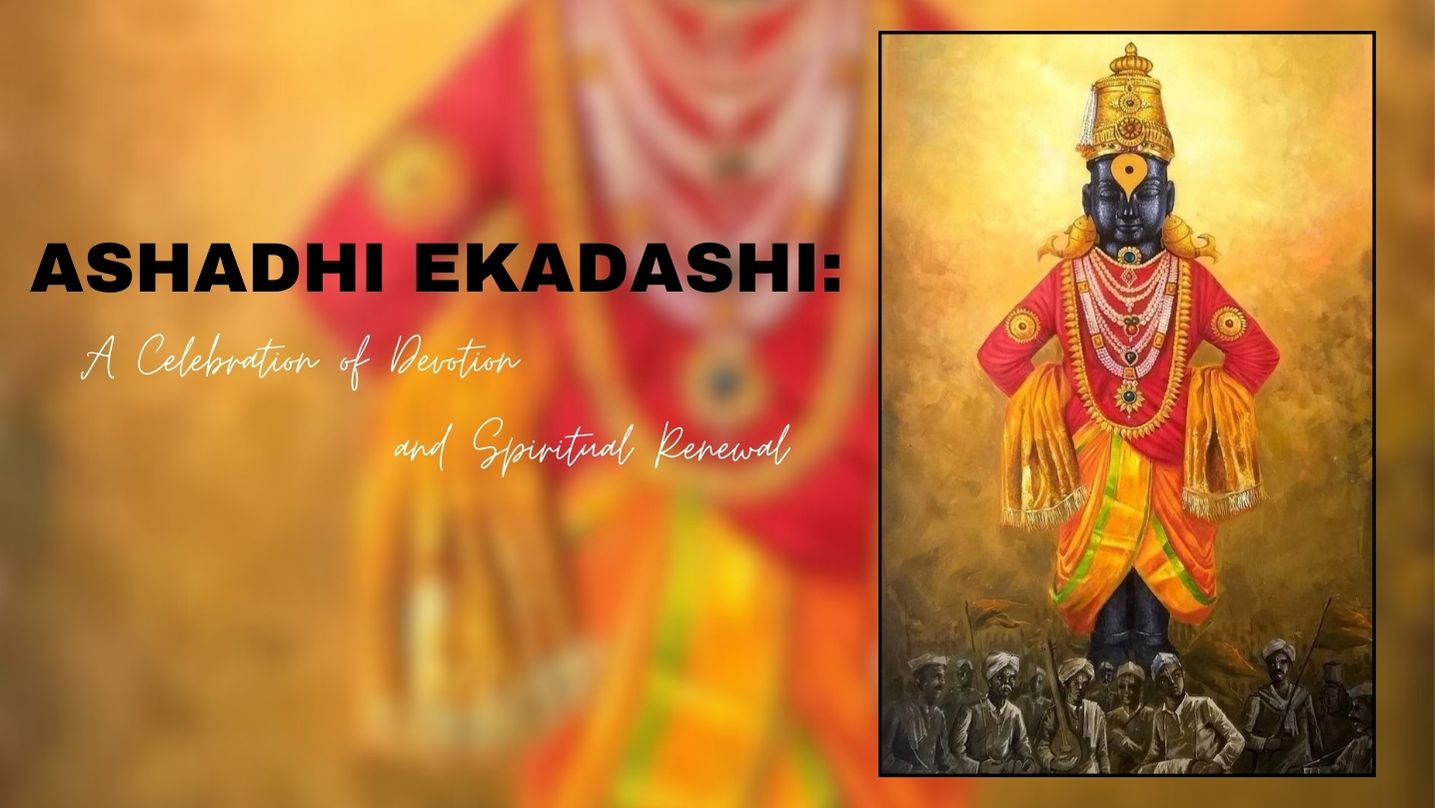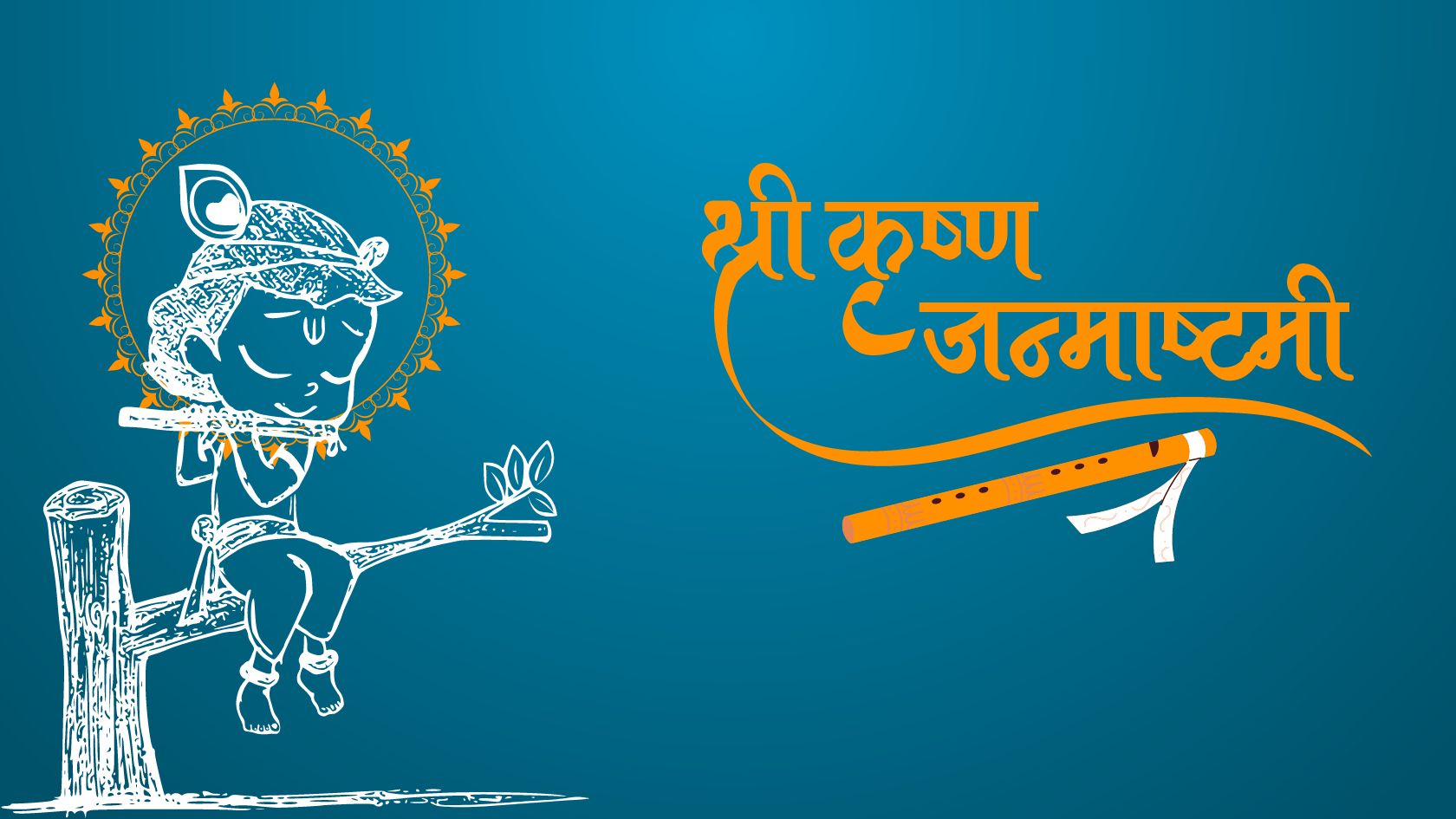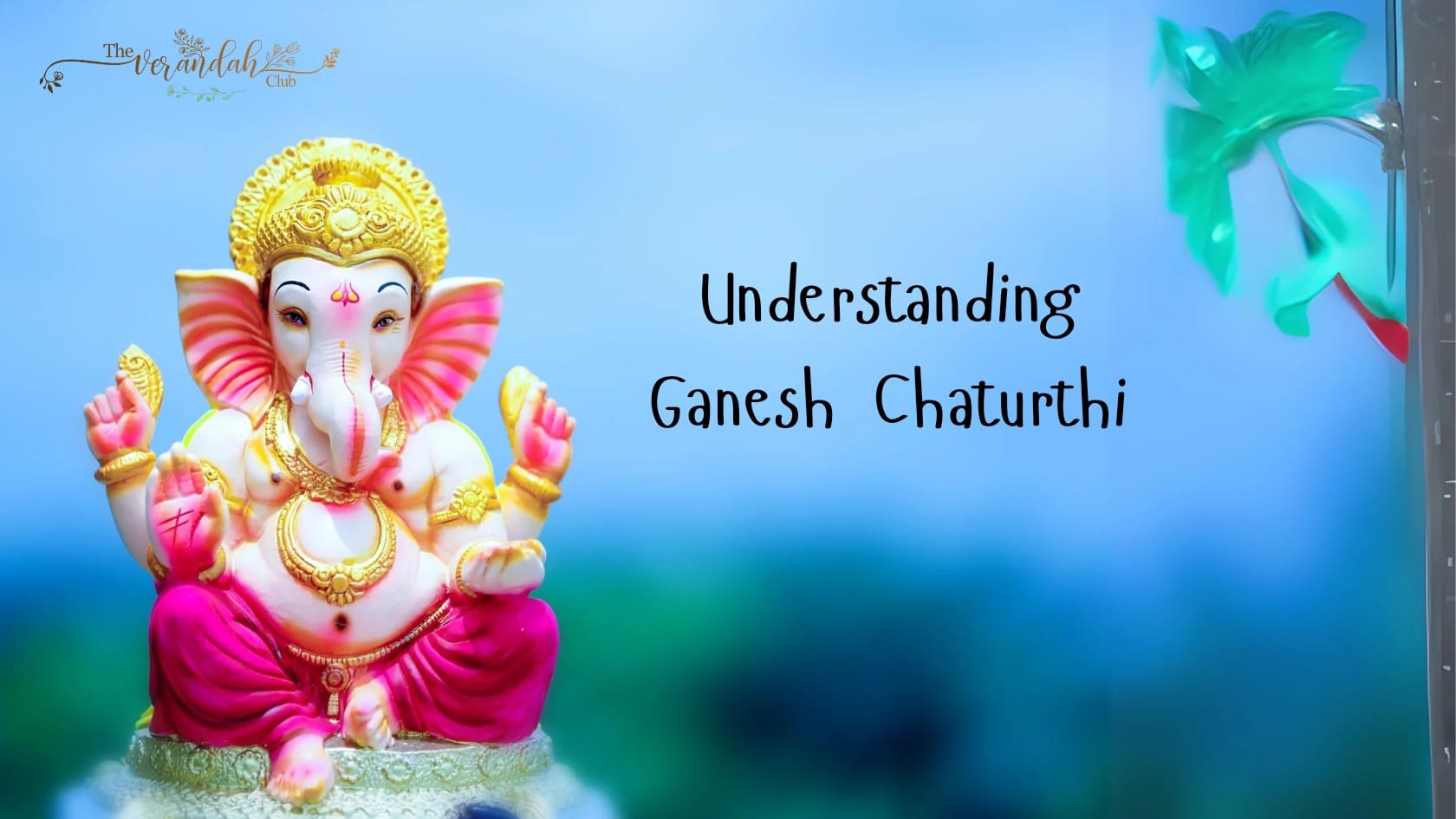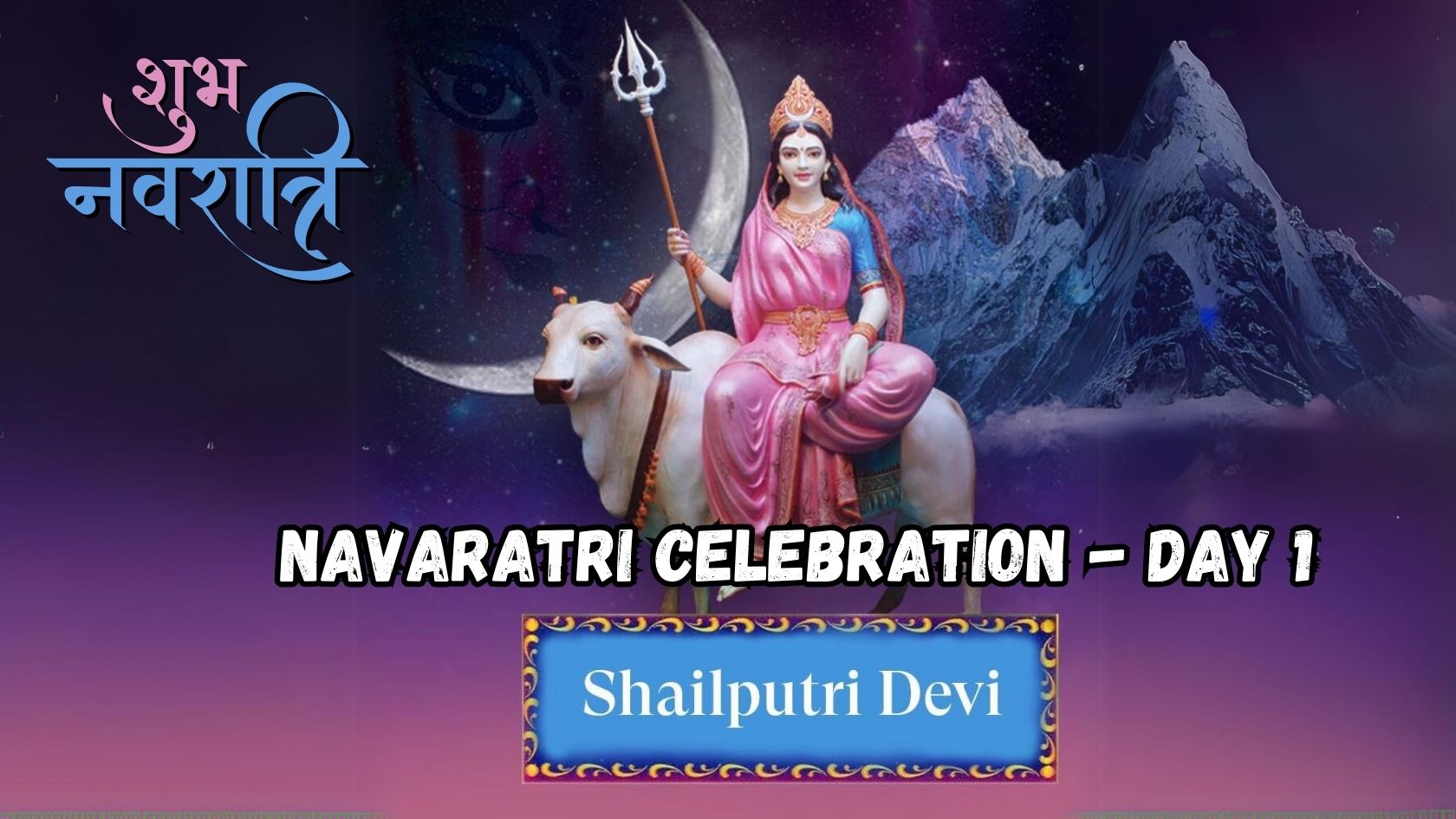
Ashadhi Ekadashi, also known as Shayani Ekadashi, falls on the 11th lunar day (Ekadashi) of the bright fortnight (Shukla Paksha) of the Hindu month of Ashadha, typically occurring in June or July. This sacred day is one of the 24 Ekadashis observed by Hindus each year and holds special significance in various regions of India, particularly in Maharashtra, Karnataka, and Andhra Pradesh.
Historical & Puranic Significance
The roots of Ashadhi Ekadashi can be traced back to ancient Hindu scriptures, including the Puranas. According to legend, it marks the day when Lord Vishnu, the preserver of the universe, falls into a deep sleep termed "Yoga Nidra" on the cosmic serpent Shesha in the Ksheer Sagar (cosmic ocean of milk). This period of divine nidra continues for four months, known as Chaturmas, ending on Prabodhini Ekadashi in the month of Kartik (October-November). During this time, devotees believe that all auspicious activities, such as weddings and housewarming ceremonies, should be postponed.
Rituals and Observances
Fasting and Prayers: Devotees observe a strict fast on Ashadhi Ekadashi, refraining from consuming grains, beans, and certain vegetables. Instead, they partake in fruits, nuts, and dairy products. The fast begins at sunrise and concludes after sunrise the following day. This act of abstinence is believed to purify the mind and body, fostering spiritual growth.
Temple Visits and Puja: Devotees visit Vishnu temples, particularly those dedicated to Lord Vithoba (a form of Krishna/Vishnu), and offer prayers, flowers, fruits, and sweets. The idols are often adorned with new clothes and jewelry, and elaborate puja rituals are performed to seek the deity’s blessings.
Pandharpur Wari: A Pilgrimage of Faith
In Maharashtra, Ashadhi Ekadashi is synonymous with the Pandharpur Wari, a grand pilgrimage to the town of Pandharpur, home to the famous Vithoba temple. This centuries-old tradition sees lakhs (hundreds of thousands) of devotees, known as Varkaris, embarking on a 21-day journey on foot from various parts of the state. The pilgrims carry palanquins (palkhis) bearing the sacred footprints (padukas) of saints such as Sant Tukaram and Sant Dnyaneshwar.
Chanting and Singing: Throughout the journey, the Varkaris engage in continuous singing of abhangas (devotional songs) and chanting of “Vithoba-Rakhumai,” creating an atmosphere of deep devotion and communal harmony. The Wari exemplifies the Bhakti (devotion) movement, emphasizing love and devotion to God over ritualistic practices.
Spiritual and Cultural Impact
Ashadhi Ekadashi transcends religious observance, embodying a spirit of community, devotion, and cultural heritage. The rituals and practices associated with this day encourage individuals to reflect on their spiritual journey, fostering a sense of inner peace and renewal. The pilgrimage to Pandharpur, with its display of unwavering faith and dedication, serves as a powerful reminder of the enduring human spirit and the timeless quest for divine connection.
Conclusion
Ashadhi Ekadashi is a day of profound spiritual significance, celebrated with fervor and devotion across India. Whether through fasting, prayer, or the transformative experience of the Pandharpur Wari, this sacred day offers devotees an opportunity to deepen their connection with the divine, renew their spiritual commitments, and partake in a rich cultural tradition that has withstood the test of time.
 Dakshinamurthy is a scholar and researcher of Indic themes and a contributing writer of The Verandah Club
Dakshinamurthy is a scholar and researcher of Indic themes and a contributing writer of The Verandah Club
PREVIOUS ARTICLE
NEXT ARTICLE

Every year, as the monsoon rains dance on the fields of India, an ancient story unfolds in the hearts of millions. It is the story of Krishna, the bel...

Ganesh Chaturthi, also known as Vinayaka Chaturthi, is a significant Hindu festival that honors Lord Ganesha, the deity revered as the remover of obst...

The Nine days of Navaratri are devoted to the worship of the feminine energy in different forms. The first day of Navaratri begins by worshipping the...